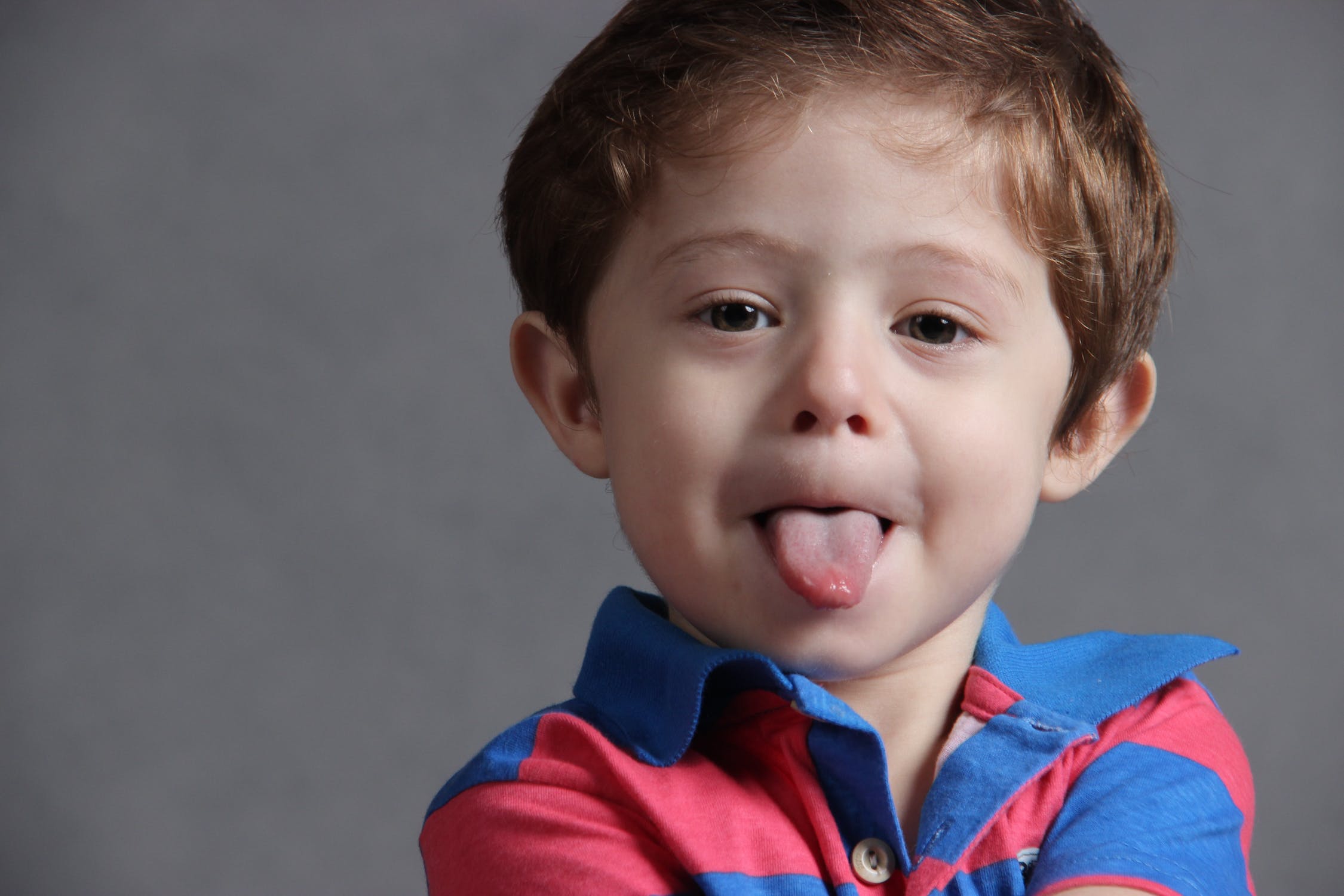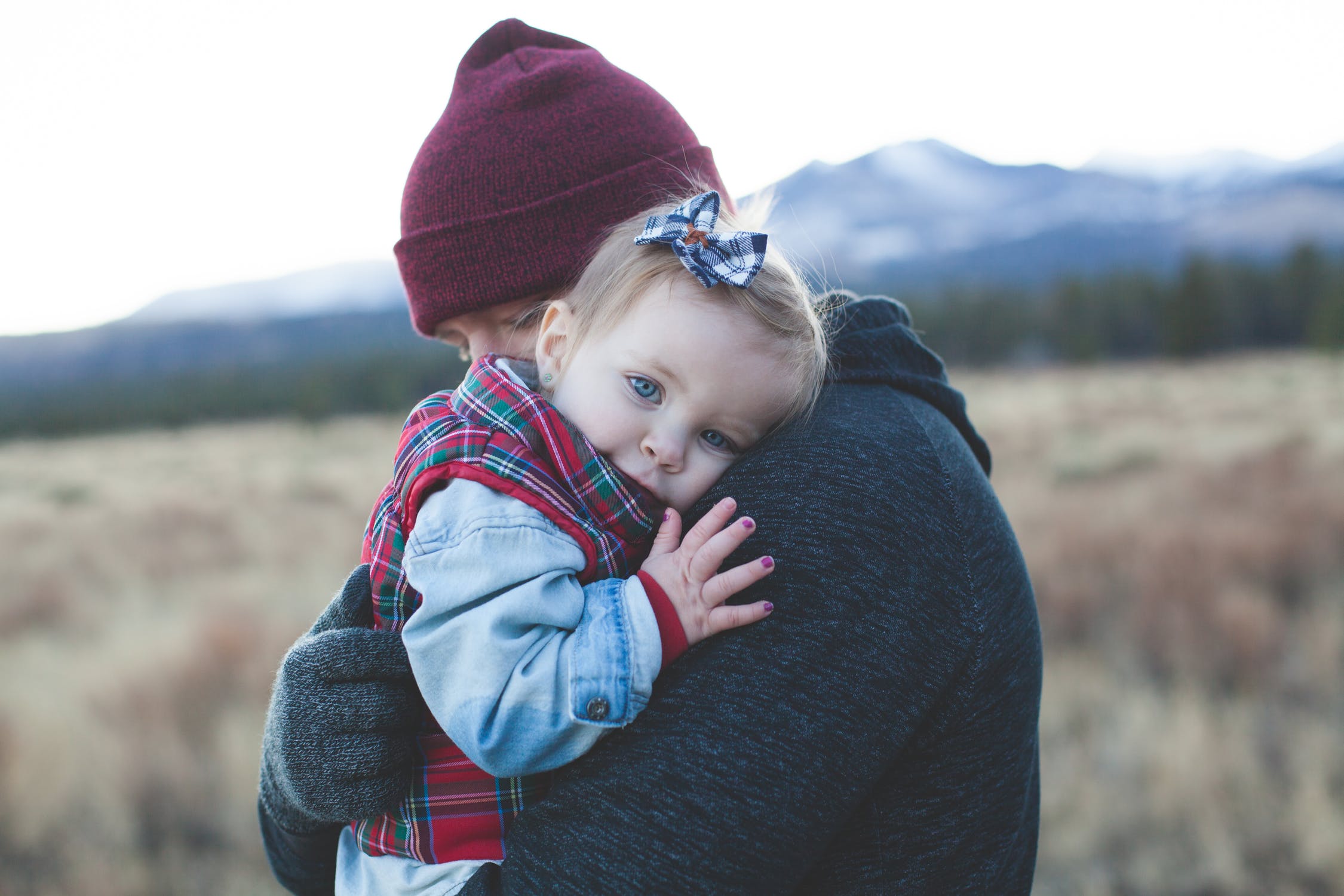In honor of the upcoming holiday, I’d like to share a series of beliefs I hold to be true about embryo adoption. I think they can be an important part of other families’ stories, too.
Truth No. 1: Embryo adoption can bring overwhelming joy. Not every adoptive family successfully brings a baby into the world, and that is heartbreaking. Frozen embryo babies can fail to develop to maturity for a host of reasons, before or after being transferred. But for the families of babies who survive the process, the experience of going down the adoption road and enjoying your special child is unparalleled. Every child is special, no matter their backstory. It’s just that in cases of embryo adoption, the journey is generally longer and promotes deeper thinking about the meaning and purpose of your actions as a parent.
Truth No. 2: Embryo adoption changes many lives at the same time for the better. Some adoptive families choose closed adoptions, and that’s completely OK. For those of us in open adoptions, experts suggest having access and connection to one’s heritage is important and even healing. This doesn’t mean adoptive parents loose their status as mom and dad. It simply means your definition of family permanently expands—and draws you closer to God’s definition of true family that is spiritual, not genetic. Placing families have the confidence of knowing babies are placed with a loving family who has their best interests at heart. Adoptive families have the confidence of knowing they can ask questions about family history, medical history and maintain degrees of connection with biological siblings.
Truth No. 3: Embryo adoption can make the world a better place. As I’ve written previously, I don’t buy into the idea that embryo adoption will promote greater use of assisted reproductive technology. My vision is for a world where embryo adoption is no longer necessary because all frozen embryos have been adopted. If more families knew about embryo adoption, this vision could be closer to reality.
You might know a family perfectly suited for this new kind of home. How might embryo adoption help them view Thanksgiving and thankfulness generally in a whole new light?



















